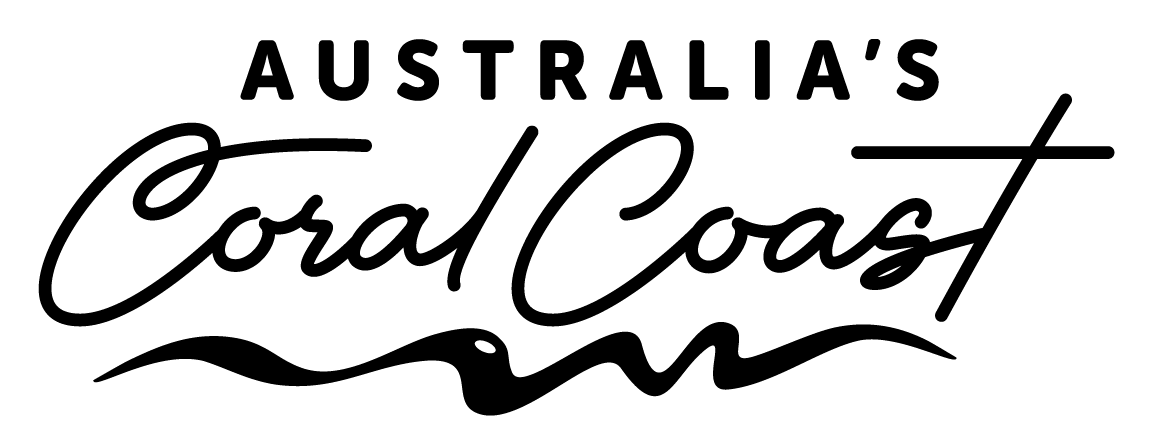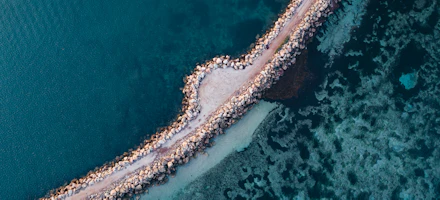
Dirk Hartog Island
For those who like a little seclusion, Dirk Hartog Island National Park offers a peaceful retreat featuring beautiful scenery and white sandy beaches. The island was the site of the first recorded landing on Australian soil by Europeans in 1616. Now a national park, the island environment is being restored with the removal of all feral animals including cats and reintroduction of many rare and endangered animals in the Parks and Wildlife Service’s, Return to 1616 project.
Please note: Air or boat transfers and accommodation must be arranged in advance. Vehicle access is from Steep Point via landing barge to transfer 4WD vehicles. Prior bookings necessary. Fishing and 4WD day tours are available departing from Denham.
Dirk Hartog Island is Western Australia’s largest island and one of Australia's emerging nature-based tourism destinations situated in the UNESCO Shark Bay World Heritage Area.
Everything you need to know about Dirk Hartog Island

When is the best time to visit Dirk Hartog Island?
Between March - October

Where is Dirk Hartog Island?
Dirk Hartog Island is located to the northwest of the UNESCO Shark Bay World Heritage Area in Western Australia. Shark Bay is approximately 8.5 hours' drive north of Perth (830km) or a two-hour flight with Regional Express Airlines.

How do I get there?
By ferry from Steep Point:
Dirk Hartog Island barge transfers between Shelter Bay, Steep Point are available with advance bookings.
By ferry from Denham:
Dirk Hartog Island is a 50-minute ferry ride from Denham. Island Life Adventures operates daily between April and November. Advance bookings essential.
By air from Denham:
Shark Bay Aviation offer light aircraft scenic flight transfers between Denham to Dirk Hartog Island.

Can I stay there?
Yes! Dirk Hartog Island Eco Lodge offers eco-luxe accommodation and camping at Homestead Bay. Package options and price vary.
There are also 9 National Park campsites dotted around the Island, which are managed by the Department of Parks and Wildlife. National Park camping fees are $20 per adult per night (note: barge transfer fees are additional).

Can I book a tour?
Guided half and full day tours depart from Denham, the main town in Shark Bay (guests are transferred from Denham to Dirk Hartog Island by boat).
Activities
You can spend your time doing as much or as little as you like at Dirk Hartog Island. Popular activities include fishing near the Blowholes, 4WDing and exploring the dramatic landscape, watching turtles hatch on the beach, exploring the Wild Walks and Rockpools, swimming at secluded beaches like Surf Point, finding rose pink lakes, watching the last sunset in Australia on top of 600ft high cliffs, having a BBQ beneath the stars, or visiting Cape Inscription - the site of the first recorded European landing on Australian soil
History and Heritage
Dirk Hartog Island was the site of the first recorded European landing on Australian soil (long before British Captain James Cook) placing Australia on world maps for the first time.
Captain Dirk Hartog arrived on the 'Eendracht' on October 25 1616 leaving a pewter plate nailed to a wooden post at the site now known as Cape Inscription. Learn more about the man, the history and the area via various permanent displays at the Shark Bay Discovery Centre in Denham.
Flora and Fauna
Dirk Hartog Island National Park is home to a significant ecological restoration project, ‘Return to 1616’. Return to 1616 aims to return the island to how Dirk Hartog Island discovered it 400-odd years ago with the eradication of all introduced species and reintroduction of native fauna. The project has seen great success so far, with dibblers (a native Australian marsupial) now breeding on the Island. They were once feared extinct.
Dirk Hartog Island is home to Western Australia's largest loggerhead turtle rookery, which is also of international significance. Dugongs, turtles, humpback whales and rays all visit the waters surrounding the island making it an underwater paradise for snorkelers, divers and wildlife lovers.
Fun Fact
The Herald Height cliffs featured in Marvel's Thor Ragnarok movie (the scene where Odin, Loki and Thor are standing on the cliff overlooking the sea)!







































